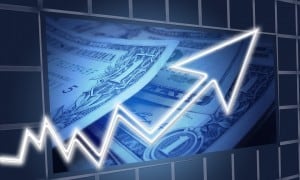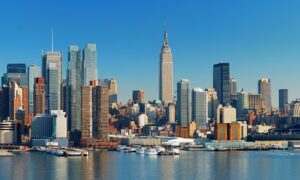Raymond J. Keating, chief economist for SBE Council, examined key economic trends and the impact of policy on the economy. Keating has several concerns heading into 2016, but also made a point of emphasizing:
“The U.S. economy has underperformed for more than eight years now, including the Great Recession followed by one of the worst recoveries on record. Unfortunately, one hears more talk about this being the new normal, or even a poor or sluggish economy being spun as a ‘strong economy.’ Such notions amount to surrender and to denying that anything can be done. In reality, none of this is inevitable, since the underlying problems are poor policy decisions that have increased costs and uncertainties for the private sector, and undermined incentives for investment and entrepreneurship.”
Keating adds, “If the U.S. gets the policy mix right, there is no reason that the economy cannot grow at the historic average of 3.3 percent annually, or even the 4.4 percent average achieved during recovery-expansion periods.”
Several key points from Keating’s analysis include the following:
-During periods of recovery and growth (that is, excluding recessions) since 1950, real GDP growth has averaged 4.4 percent. But during this recovery, growth has averaged half of that at 2.2 percent. If the economy had grown during the current recovery at the normal average recovery/growth rate, then the U.S. economy, as measured by real GDP in 2009 dollars, would be $2.3 trillion larger in 2015.
-A key problem has been a lack of private-sector business investment. Specifically, private fixed investment hit a high in the first quarter of 2006, and it took the U.S. economy nine years, until the first quarter of 2015, to get back to that level of investment.
-Recent industrial production numbers point to a recession in the industrial sector of the U.S. economy.
-Through the first ten months of 2015, both exports and imports were down from the same period last year. Over the past two decades, previous annual declines in exports and imports occurred during recessions.
-The number of unincorporated self-employed, a key measure of startups and entrepreneurship, dropped in November, and was down from the intra-year high registered at 9.97 million in May; and far removed from the pre-recession high of 10.86 million registered in December 2006.
-If the economy was back to its pre-recession employment-population ratio, then the U.S. would have 9 million more jobs than we do. Rather than adding only 2.8 million jobs since November 2007, the U.S. economy would have added nearly 12 million jobs.
-Without substantive tax, regulatory, trade, monetary and government spending policy changes, the U.S. economy will continue to under-perform. And with serious questions about the U.S. industrial sector and trade, there are notable downside risks for 2016.





























